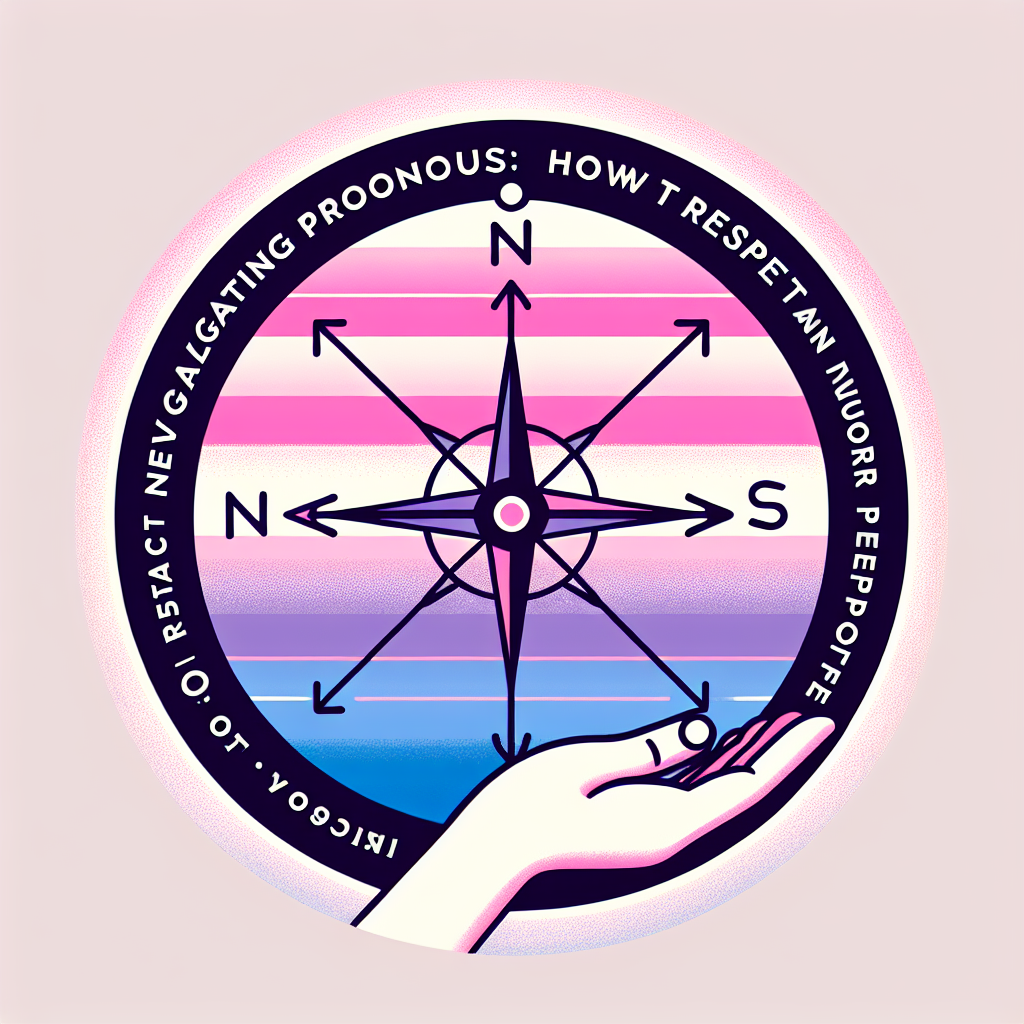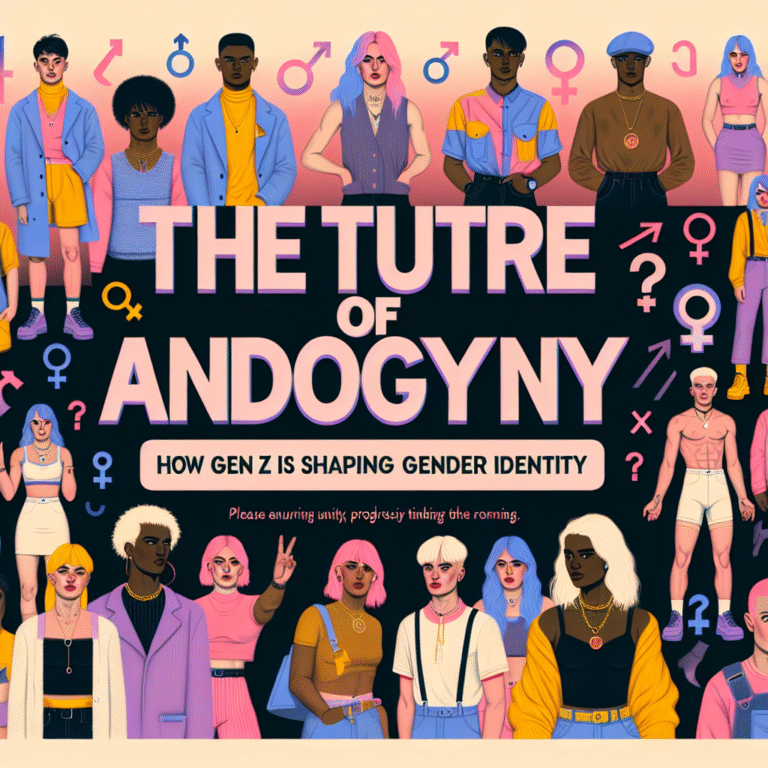
Introduction: Understanding the Importance of Pronouns
In a world increasingly aware of gender diversity, understanding and respecting pronouns has become paramount. Non-binary individuals often navigate a complex landscape where societal norms clash with personal identity. Navigating Pronouns: How to Respect and Support Non-Binary People is not just a matter of preference; it’s an essential component of creating an inclusive society. Misunderstanding or disregarding someone’s pronouns can lead to feelings of invalidation and alienation, while correctly using them fosters respect and belonging. This comprehensive guide aims to equip you with the knowledge and tools to effectively navigate this vital topic.
What Are Pronouns and Their Importance?
The Basics of Pronouns
Pronouns are linguistic tools we use to refer to people without using their names. Common pronouns include "he," "she," "they," and increasingly, neopronouns like "ze" or "xe." For non-binary individuals, pronouns are not merely grammatical choices but essential aspects of their identity. Misusing or ignoring these pronouns can be harmful, whereas using them correctly fosters respect, validates identity, and encourages open communication.
Why Pronoun Respect Matters
Psychological Well-being: Studies have shown that respecting a person’s pronouns significantly impacts their mental health. Non-binary individuals who feel acknowledged are less likely to experience anxiety or depression.
- Cultural Relevance: As society progresses, respecting pronouns signifies a broader acceptance of diverse identities. This acceptance manifests in institutions, workplaces, and everyday interactions, enhancing the overall quality of community life.
Case Study: The Impact of Misgendering
Consider the case of Alex, a non-binary individual whose workplace repeatedly misgenders them. This experience led to a decline in productivity and a sense of isolation. With proper training and education for staff regarding navigating pronouns and the importance of gender inclusivity, Alex experienced a profound change in their work environment. The office culture shifted from toxic to supportive, ultimately enhancing team dynamics and morale.
Understanding Non-Binary Identities
Non-Binary Explained
The term "non-binary" encompasses various gender identities that fall outside the traditional male-female binary. This includes agender, genderqueer, bigender, and more. Representing a spectrum, non-binary identities highlight the fluidity of gender, challenging rigid categorizations.
How Pronouns Reflect Identity
For non-binary individuals, pronouns often serve as a means of expressing their identities. Using the correct pronouns acknowledges their existence and affirmation. For example, a non-binary person may use "they/them" pronouns, signifying a departure from traditional gender expectations.
Case Study: Community College Initiatives
In a progressive community college, administrators launched an initiative to include pronouns on student IDs and name tags. This simple act increased visibility and acceptance for non-binary students, resulting in a more supportive campus environment. Surveys indicated a notable increase in feelings of belonging among non-binary students, exemplifying the importance of proactive measures in navigating pronouns.
Practical Strategies for Navigating Pronouns
1. Listen and Learn
The first step in navigating pronouns is to listen actively. When meeting new people, pay attention to how they introduce themselves. If the pronouns are unclear, it’s okay to ask, “What pronouns do you use?” This simple question opens the door to understanding and respect.
2. Practice Using New Pronouns
For some, adapting to new pronouns can be challenging. Regular practice helps. Try incorporating a non-binary friend’s pronouns into casual conversations or write sentences that include their pronouns.
| Pronoun | Example Sentence |
|---|---|
| They | "They went to the library." |
| Ze | "Ze enjoys painting." |
3. Create an Inclusive Environment
In workplaces and educational settings, consider developing policies that foster inclusivity. This includes adding pronouns to email signatures, name badges, and meetings.
4. Addressing Mistakes
Even with the best intentions, mistakes happen. When misgendering occurs, apologize succinctly, correct yourself, and move on. Over-apologizing can draw unnecessary attention to the mistake.
5. Educate Others
Spread awareness about non-binary identities and navigating pronouns among friends, family, and colleagues. Use social media platforms as channels to share resources or personal stories that promote understanding.
Case Study: A Simple Classroom Change
At a high school, a teacher implemented a policy where students could voluntarily state their preferred pronouns during introductions. The result was a more respectful classroom atmosphere. It allowed non-binary students to express their identities comfortably, significantly improving engagement and participation.
Challenges in Navigating Pronouns
Common Misunderstandings
Misconceptions surrounding non-binary identities can hinder respectful dialogue. Some people may mistakenly believe that gender is binary or that language should remain unchanged. Understanding that language evolves and adapts alongside society is key to navigating these challenges.
Cultural Constraints
Different cultural backgrounds might approach gender with differing levels of awareness or acceptance. These variances can create conflicts or discomfort in conversations about pronouns.
The Role of Media
Media representation plays a crucial role in shaping perceptions of non-binary individuals. Positive portrayals can engage wider audiences in the conversation about navigating pronouns effectively.
Motivational Takeaways for Change
The journey toward understanding and respecting non-binary identities starts with each individual. By implementing strategies to support those navigating the complexities of gender, we can foster a more inclusive society.
The Importance of Empathy
Empathy is the cornerstone of respectful communication. By putting ourselves in someone else’s shoes, we can better understand their experiences and the challenges they face.
Call to Action
Reflect on how you can contribute to a culture of respect. Whether it’s through education, advocacy, or simple daily practices, every action counts.
FAQ Section
1. What should I do if I accidentally misgender someone?
Acknowledge your mistake, apologize briefly, and correct yourself. Move on without overemphasizing the error.
2. Can I ask someone their pronouns?
Yes! It’s respectful to ask someone their pronouns, especially when you’re unsure.
3. What if someone uses multiple pronouns?
If someone uses multiple pronouns, feel free to use any of them. Pay attention to their preferences and adjust accordingly.
4. Why are neopronouns gaining popularity?
Neopronouns represent a broader spectrum of gender identities, allowing individuals to better express themselves.
5. How can workplaces become more inclusive regarding pronouns?
Workplaces can start by including pronouns in email signatures, providing training on gender inclusivity, and encouraging open dialogue about pronouns.
Conclusion: Embracing a Future of Inclusivity
Navigating pronouns is a vital aspect of respecting non-binary individuals. By fostering understanding and empathy, we create a supportive environment for everyone. Navigating Pronouns: How to Respect and Support Non-Binary People is not merely about correct usage; it’s about affirming identities and embracing everybody’s right to exist authentically. By taking these actionable insights, you can pave the way toward a more inclusive society, inspiring others to follow suit. Let’s work together to honor and elevate the voices of non-binary individuals everywhere!
















